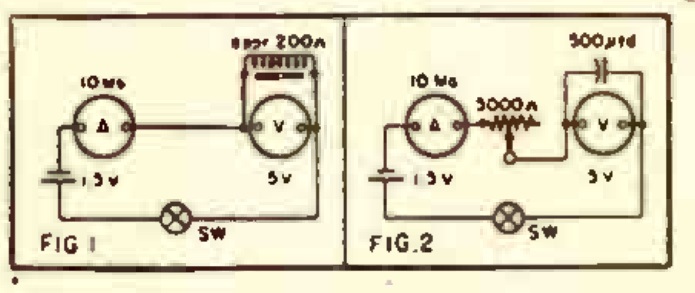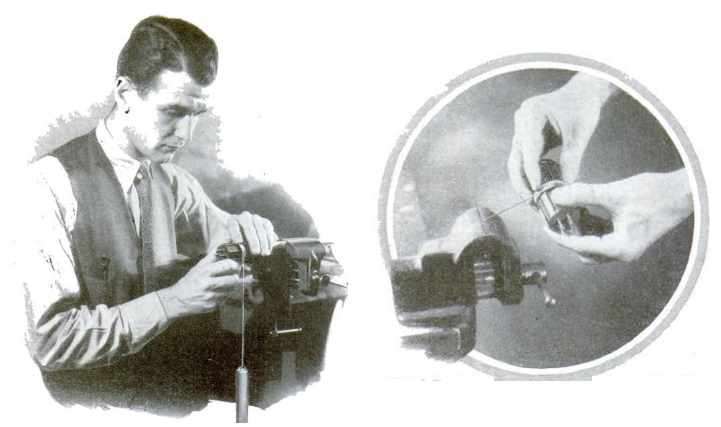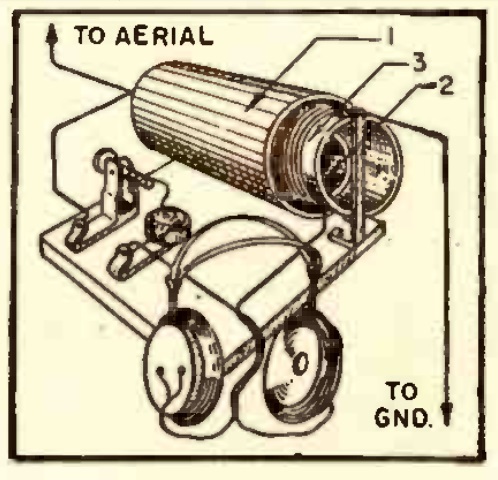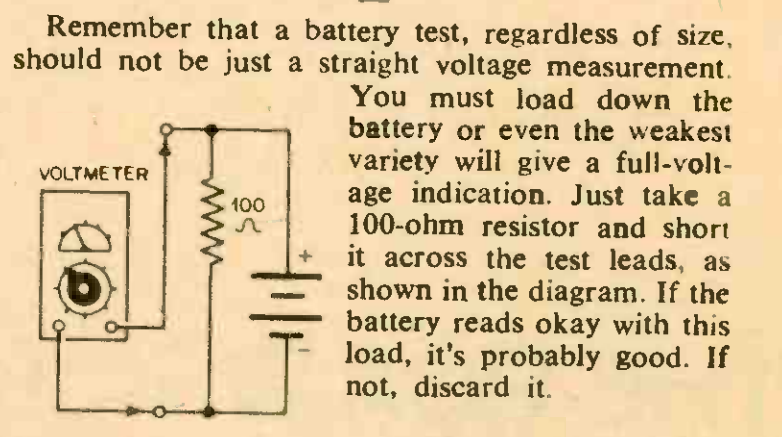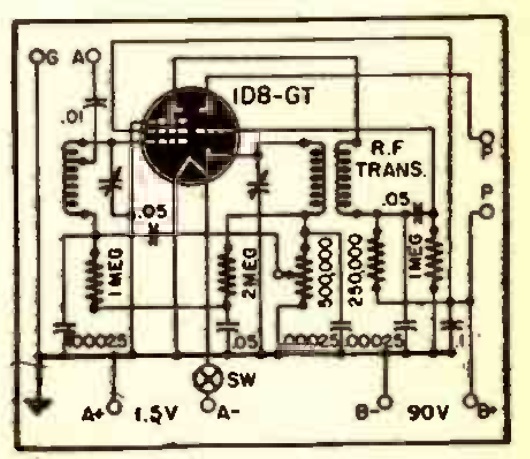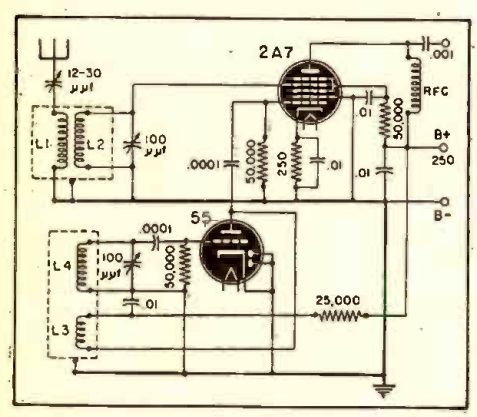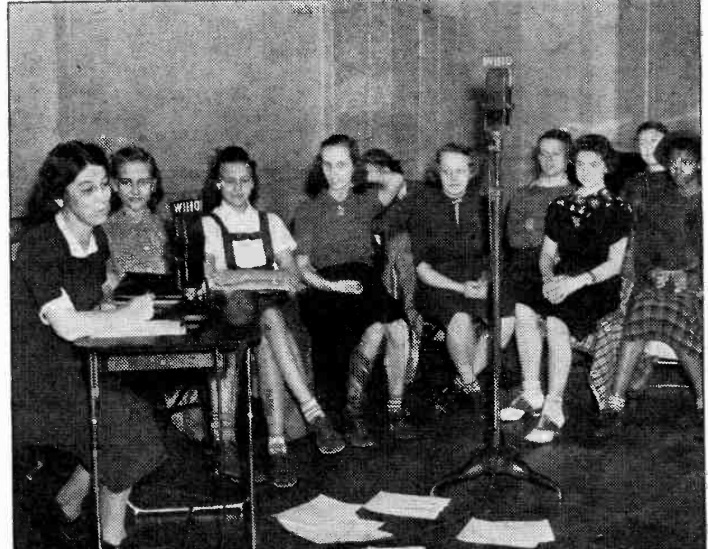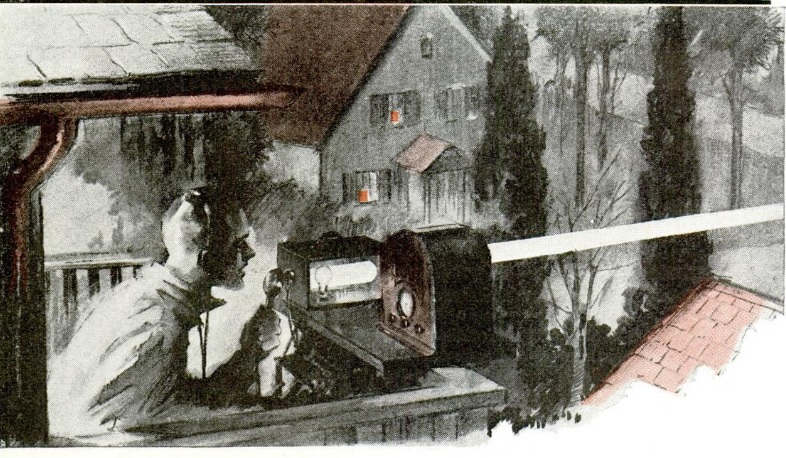 85 years ago this month, the March 1935 issue Popular Mechanics showed how to make this light communicator, said to have a range of about a half mile.
85 years ago this month, the March 1935 issue Popular Mechanics showed how to make this light communicator, said to have a range of about a half mile.
The receiver used a caesium photo cell, which the magazine said could be had for about $3. This was fed into a two-tube amplifier which could drive a speaker or headphone.
For audio amplification at the transmitter end, the system used the household radio receiver, and the magazine explained how to hook up the microphone. The the light beam generator used a system I’ve never seen before. Instead of electrically modulating the light bulb, a mechanical approach was used. The speaker was disconnected and the output was instead connected to a magnetic headphone that had been modified. The outer cap of the headphone was unscrewed and cut so that most of the metal diaphragm was visible. Then, the “diaphragm is slipped off and taken to any plating firm to be finished in the same manner as an audio headlight reflector.” The headphone was reassembled, and the result was a mirror that would vibrate in time with the sound. An auto headlamp was used to illuminate the mirror, and this was focused through a lens with a focal length of about 12 inches.
The result would have been a narrow beam of light that was modulated. At the receiving end, another lens was used to focus the beam on the photo cell.
For a unique science fair project, the advanced student could adapt this project using modern materials. When I was a kid, I built a similar system using a flashlight as the transmitter. The bulb was wired in series with the secondary of an audio transformer. The primary was fed by the output of an amplifier.
For the receiver, I used a solar cell fed directly to the input of an audio amplifier.
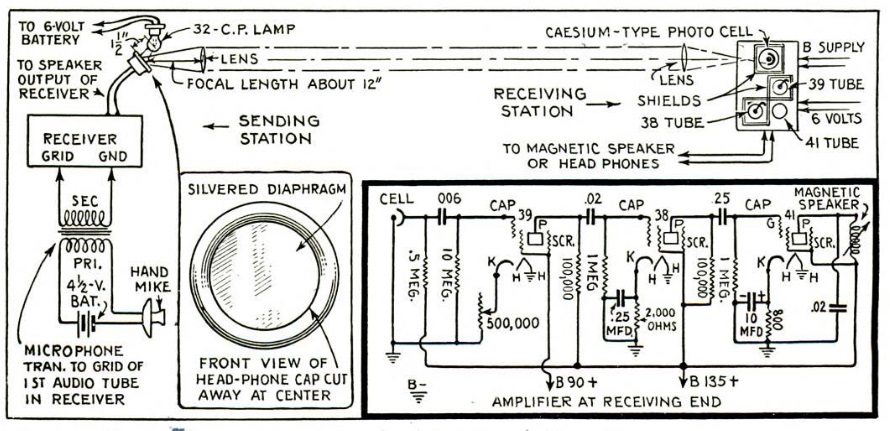
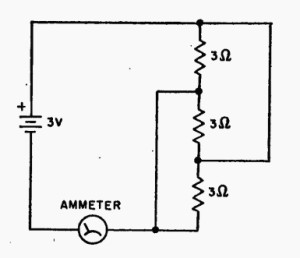 Yesterday, we showed this diagram from the April-May 1970 issue of Science & Electronics magazine and asked what current is shown on the ammeter.
Yesterday, we showed this diagram from the April-May 1970 issue of Science & Electronics magazine and asked what current is shown on the ammeter.


